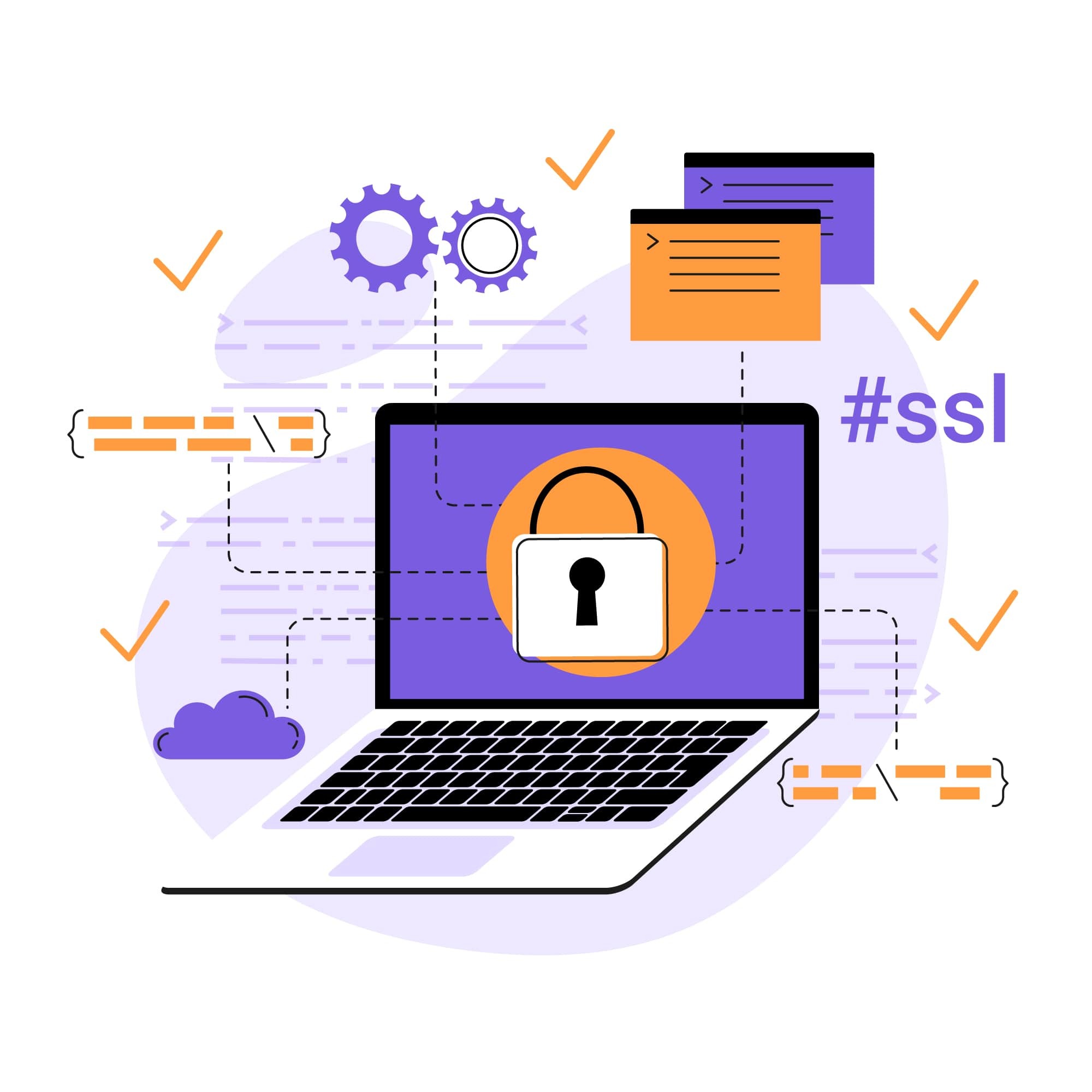Identifying Web Server Overload & How to Fix It

Keeping a website up and running may seem like a simple task, but the truth is that there are a number of issues that can impact website and application performance and potentially lead to downtime. One such issue is web server overload — a common problem that can lead to numerous performance issues that negatively impact the user experience on your website.
To help you make sure server overload doesn’t slow down your website, we’ll cover everything you need to know about how to identify it in real-time and how to optimize your website to prevent overloaded servers.
What is server overload?
Server overload is an issue that occurs when a web or application server receives a larger volume of requests than it is able to efficiently handle. When this happens, it can result in performance issues such as latency and bottlenecks. In severe cases, server overload can cause a complete breakdown of the server, rendering it temporarily unavailable.
What causes server overload?
From hackers launching denial-of-service attacks to sudden surges in web traffic, there are several issues that can lead to server overload. Understanding what causes it is the first key to preventing it. So, with that in mind, here are the most common causes of server overload that businesses need to be aware of:
Sudden high traffic spikes
One of the most common causes of server overload is a sudden surge in web traffic. While attracting a large number of visitors to your site is almost always a positive thing, an especially large surge of traffic can cause a server load that might be more than your infrastructure is capable of handling.
Sudden traffic spikes can happen for a number of reasons, including viral content, marketing campaigns, or other events that attract widespread attention. However, when the number of incoming requests exceeds the server's capacity, it can result in slower response times or even a complete outage.
Unavailable web servers
If one or more servers in your network become unavailable due to hardware failures, software issues, or maintenance activities, the rest of the servers in the network will be required to pick up the slack. This can lead to performance degradation across the entire system.
Redundancy is one way to prevent server overload due to unavailable web servers. By having multiple servers that can take over if one goes down, you can ensure that a single issue doesn’t cause your entire network to topple.
Malware
The presence of malware can create a lot of potential issues, including server overload. Malware often compromises server resources, leading to increased memory/CPU usage. This, in turn, impacts the server’s ability to handle legitimate requests.
To prevent malware from bogging down your servers, it is essential to invest in robust cybersecurity measures, including regular security audits, malware detection software, and employee training programs. Keeping server software and applications up to date with the latest security patches is also key to shoring up any vulnerabilities that malware could exploit.
DoS or DDoS attacks
Denial of Service (DoS) and Distributed Denial of Service (DDoS) attacks are malicious attempts to disrupt the regular functioning of a website, server, or network. In a DoS attack, a single source overwhelms a target server or network with a flood of traffic, rendering it inaccessible to intended users. This flood of requests exhausts the server's resources, such as bandwidth or processing power, causing it to slow down or even crash.
DDoS attacks take the disruption to the next level by involving multiple sources, often distributed globally. Cybercriminals control a network of compromised computers, known as a botnet, to coordinate a synchronized attack on the target. This distributed approach makes DDoS attacks more potent because they appear as real requests. The sheer volume of incoming requests from different locations can quickly overwhelm a server, leading to downtime, loss of service, and potential damage to a website's reputation.
In both DoS and DDoS attacks, the primary goal is to create a situation where the targeted server is unable to handle the incoming requests, leading to server overloads and service disruptions for legitimate users. These attacks can impact businesses by causing financial losses, damaging reputation, and compromising the integrity of online services.
How to fix
Server overload is an issue that needs to be fixed as soon as possible to avoid downtime and unhappy customers. If your company is experiencing this issue, here are five tips on how to fix the problem:
Look for signs of server overload
The first step to fixing server overload is identifying it. Common signs that you will want to be on the lookout for include things like:
Server error codes: Server error codes (such as 500 Internal Server Error) indicate issues in handling requests that are often a result of server overload.
Delayed requests: Users experiencing delayed requests can be an indicator of server overload, making it important to monitor and analyze your website’s response times.
Partial content and TCP connection issues: Partial content requests and TCP connection problems can arise during overload. Examining server logs for these issues can offer valuable information on the specific challenges the server is facing.
Use load balancing and autoscaling
Load balancing involves distributing incoming traffic across multiple servers and is a great way to ensure that no single server is overwhelmed. Autoscaling, meanwhile, allows your server infrastructure to dynamically adjust to varying workloads. When traffic increases, autoscaling automatically adds more resources or servers to handle the load.
Both of these practices can help ensure that your server infrastructure is prepared to handle things like sudden traffic spikes without experiencing any issues.
Rate limiting and access controls
Rate limiting allows you to set restrictions on the number of requests a user or IP address can make within a specified timeframe. This prevents a single user from monopolizing server resources and can also help prevent DDoS attacks.
Likewise, access controls that restrict certain resources to authorized users or applications can also serve as an effective safeguard against DDoS attacks. With the frequency of these attacks continuing to rise, implementing rate limiting and access controls is key to preventing this increasingly common cause of server overload.
Contact hosting provider
If issues persist, it’s a good idea to reach out to the cloud provider responsible for hosting your website or application. Hosting providers often have expertise in server management and can assist in identifying and resolving performance bottlenecks.
Discuss your server's specifications, traffic patterns, and potential areas of improvement with your provider to help identify the root cause of the issue and come up with a solution.
Best practices for prevention
Now that we’ve looked at the steps you can take to fix server overload once it’s been identified, here are a few best practices you can implement to prevent it from ever becoming an issue in the first place:
Web application firewalls (WAF)
Web application firewalls serve as a protective barrier between a web application and the internet, monitoring and filtering HTTP traffic to block malicious activity. By analyzing requests and responses, these firewalls work to block malicious traffic such as traffic from a DDoS attack.
Once you’ve installed a WAF, be sure to keep WAF rules updated to defend against emerging threats. Regularly check for updates provided by the WAF provider or security community to ensure that the firewall is equipped to handle the latest attack vectors.
Malware detection and removal
Malware that ties up server resources is one common cause of server overload. Thankfully, there are plenty of tools and practices companies can use to detect and eliminate malware.
Regular scans and audits is the first step to detecting and removing malware, and you can use antimalware software to perform these scans automatically. It’s also important to educate employees about potential security threats, emphasizing the importance of safe online practices. Human error is a common entry point for malware, and employee awareness can play a crucial role in preventing security breaches.
Software updates and patches
It’s crucial to keep server software, operating systems, and applications up to date with the latest security patches. Regularly applying updates ensures that known vulnerabilities are addressed, reducing the risk of exploitation by attackers.
Be sure to plan scheduled maintenance windows ahead of time to perform updates without disrupting regular operations. This will help minimize downtime and allow for thorough testing before deploying patches.
Content delivery network (CDN)
CDNs help offload server resources by delivering content from servers closer to the end-users, reducing latency and improving overall performance.
You can also use caching strategies within the CDN to store and serve frequently accessed content. Caching reduces the load on the origin server by delivering cached copies to users, which is particularly useful during traffic spikes.
Combat server overloads with SiteLock
Server overload is an issue that can create a lot of problems for businesses, disrupting their operations and frustrating their customers. The good news is that it’s also an issue that can largely be prevented with the right tools and practices.
With SiteLock’s comprehensive security solutions, you can safeguard your server infrastructure against common causes of server overload such as malware and DDoS attacks. By providing advanced solutions such as malware scanning, web application firewalls, a content delivery network, and more, SiteLock takes a multifaceted approach to preventing server overload.





